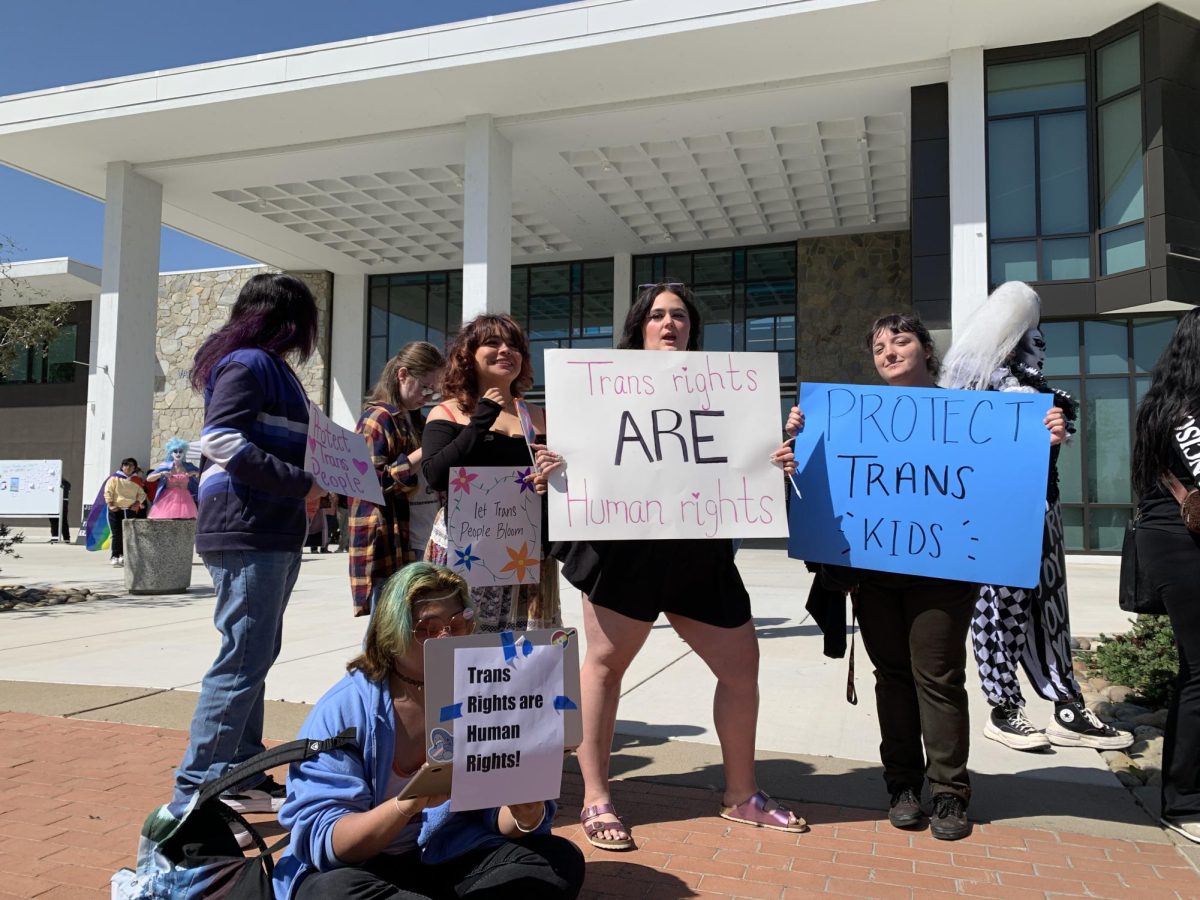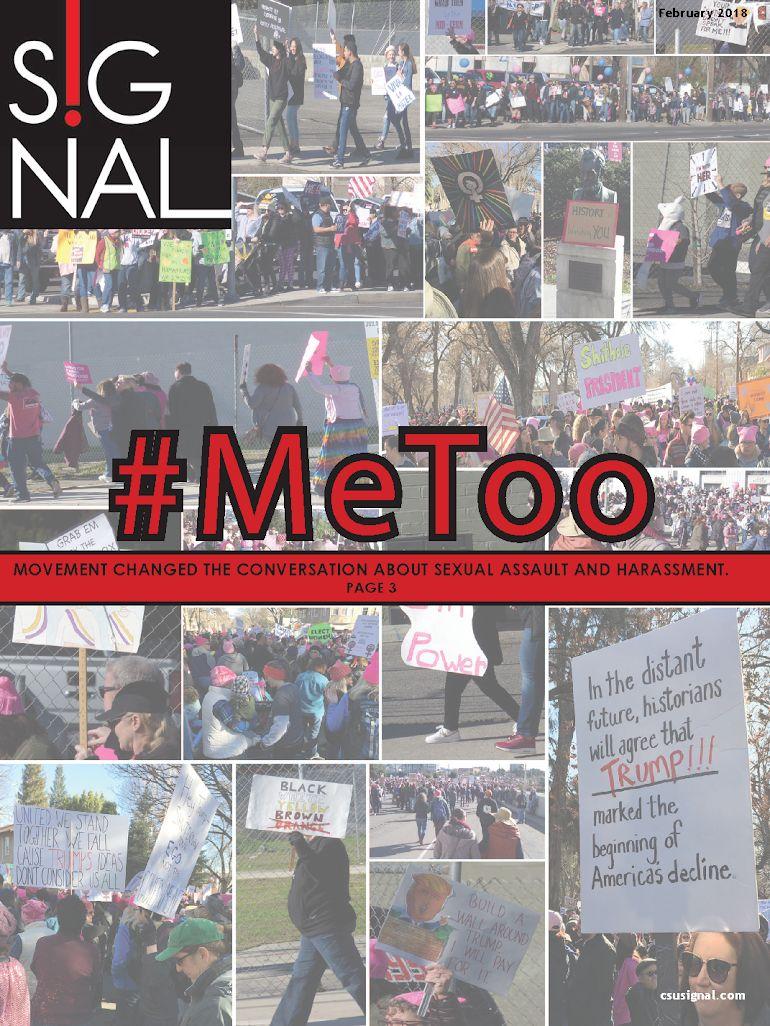October 20, 2015
In the October 9 online article “Stanislaus State program for underserved students to sunset this year,” University representative AVP for Communications Tim Lynch states that “Funding for the PACE Program was meant to sunset this year” . . . and that “it was never intended to be an ongoing federal commitment.”
Although the second statement is technically true in that no federal commitment for funding was expected, readers should understand that originally the grant was proposed to develop a comprehensive program of curriculum (First Year Experience) and advising (which became PACE), and that “The University intend[ed] to fully institutionalize and fund” the director of PACE position and the program itself. (Language is taken from the grant proposal to the Department of Education).
The Title V grant exceeded five million dollars, and it was awarded to CSU Stanislaus in order to create, assess, and implement the program. According to the grant proposal, the activities are aligned with the University’s priorities, mission and strategic plan “to meet the unique needs and foster engagement in our Hispanic, underserved/first-generation student populations.”
First Year Experience (FYE) has been institutionalized to the extent that all students taking the “Stretch” first year English course (1006-1007) are also receiving the FYE curriculum. However, the advising and co-curricular components of PACE, which according to assessment data as well as informal reports, have been so successful, will not be available after this coming semester (Spring 2016). It’s clear from current data that PACE has the elements that meet these students’ unique needs.
The personal and comprehensive advising, social engagement, computer and printing access, and peer mentor training available through PACE will no longer be provided as promised when the 700 students in the program were recruited for it, 125 as freshmen for the 2015-16 year. How are they to receive the support they were promised in the following years that they will be attending Stan State?
Although the administration argues that the University will “embed these ‘high impact practices’ through other University curriculum and programs once the PACE Program sunsets,” no details of such “embedding” have been provided to the instructors, advisers, or, most significantly, to the students involved with the PACE Program.
Important questions linger regarding student needs. Can they keep their dedicated advisers? Can they continue to have a space to meet, do homework, and complete assignments? Will they have opportunities to train as peer mentors, work on service learning projects together, and continue as a learning community? And above all, if PACE works so well, why is it not being supported through Student Success funds? While Stan State has institutionalized the curricular changes of PACE, these important co-curricular questions remain unresolved.
Susan Marshall, Professor of English
Director, First Year Experience (Title V) 2010-2015
Scott Davis, Chair, Department of English
Categories:
Letter to the Signal Editor
By CSU Signal
•
October 21, 2015

Signal logo
0
Donate to Signal
Your donation will support the student journalists of California State University, Stanislaus. Your contribution will allow us to purchase equipment and cover our annual website hosting costs.



